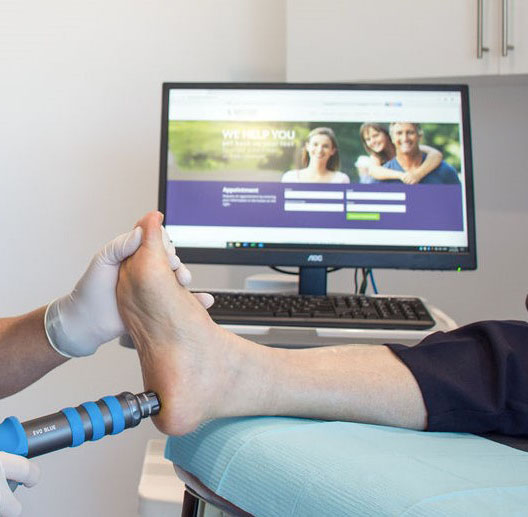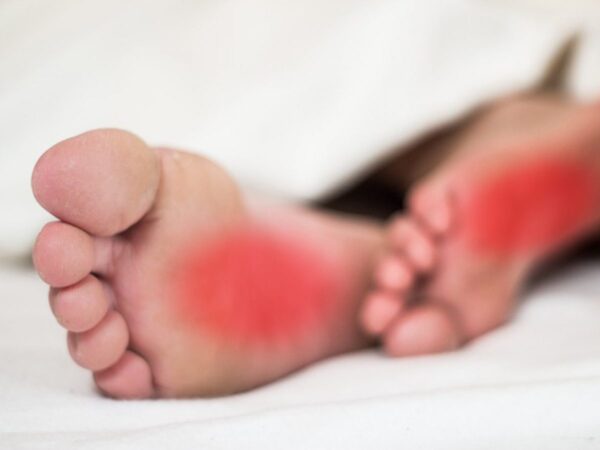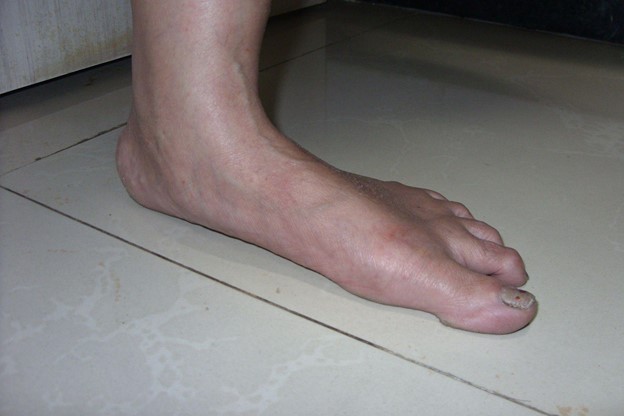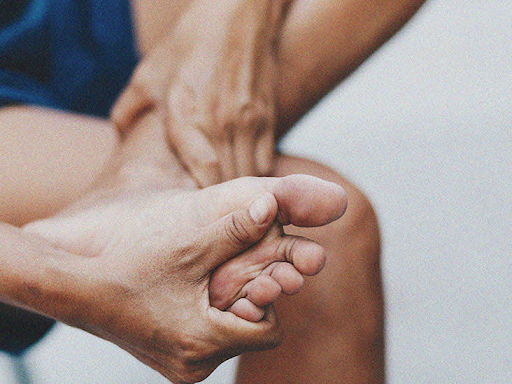Back to school 2024: Step into the new school year on the right foot
Back-to-school shoe shopping made simple with these 5 essential tips: Check the current pair for symmetry and stability: place the shoes on a flat surface and inspect for any irregularities, ensuring stability and proper alignment. Measure for size: confirm the fit by leaving enough space for a thumb’s width between the big toe and the…









